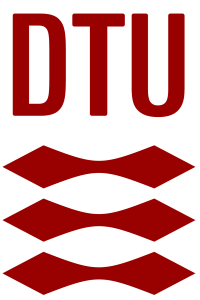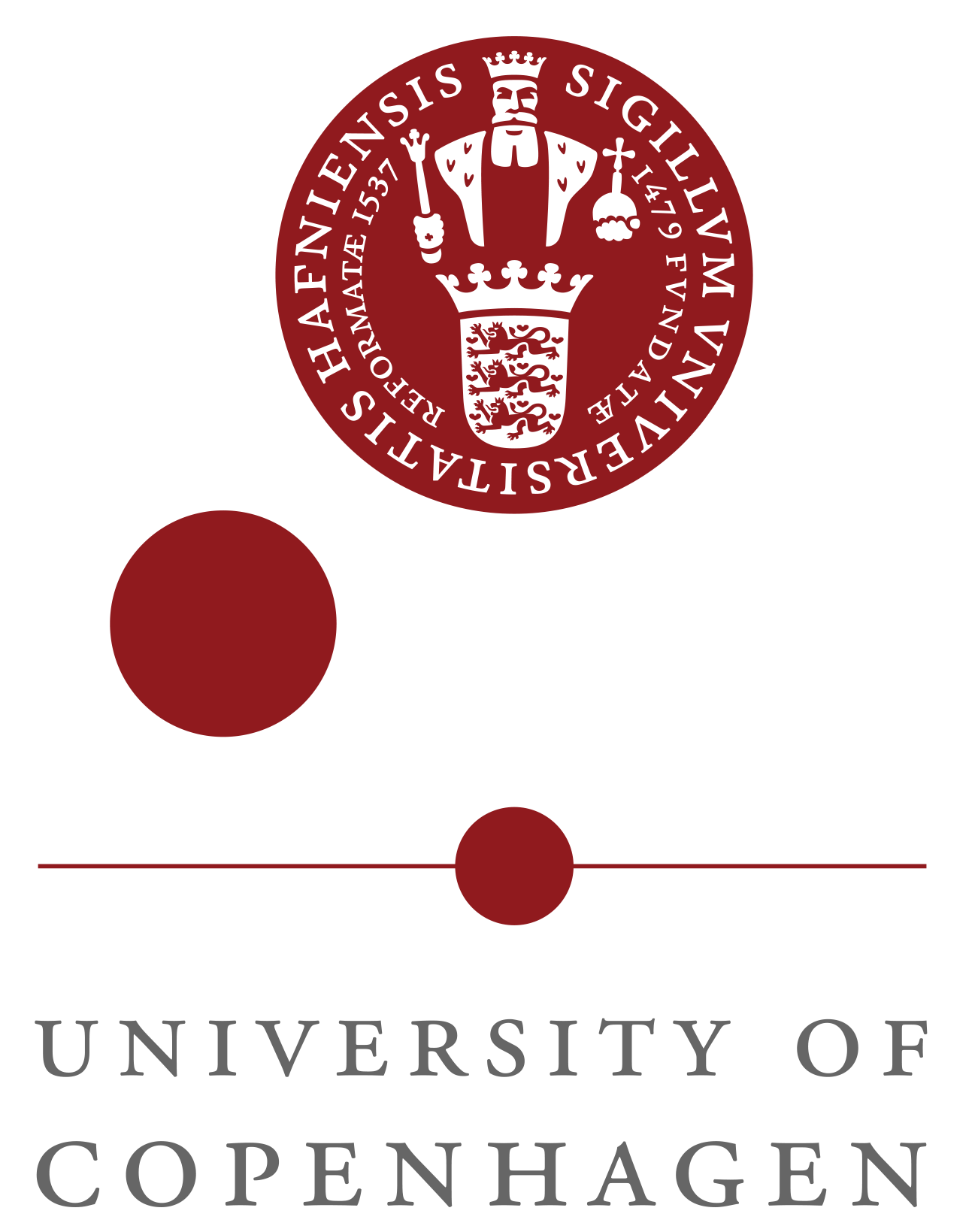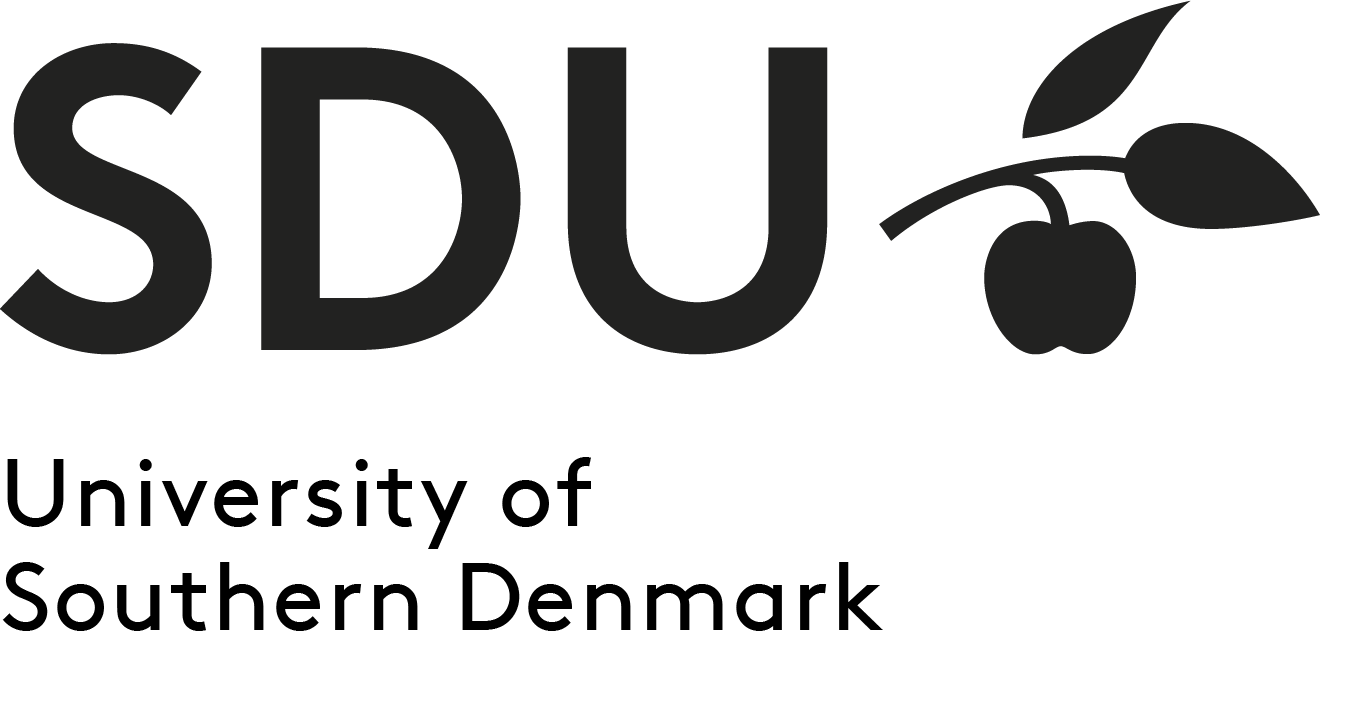


Computer-aided design is ubiquitous in the search for novel molecules possessing tailor-made properties for use within a range of areas in both health and material sciences. As such, predicting molecular properties and chemical reactions has for a long time been the dream of many chemists, in particular within the field of quantum chemistry. Realizing computer-aided de novo design would fundamentally change the way we design new compounds with specific properties. Within the biosciences this covers, e.g., the development of artificial enzymes, the formulation of novel drugs, the design of light-harvesting and light-storing molecules. In drug design, for example, the “designer” would be able to interactively build and optimize trial molecules on the computer, and only when a few lead compounds are found, the synthetic chemist would start synthesizing them. The necessary physical laws to achieve molecular de novo design, the Schrödinger or Dirac equations of quantum mechanics/quantum chemistry, have been known for a long time. Unfortunately, these equations are too complicated to be solved analytically for anything but the hydrogen atom or molecule, and hierarchies of more and more accurate approximations, like Configuration Interaction and Coupled Cluster, have therefore been introduced [Helgaker2000]. Thus, computational quantum chemistry already possesses, in principle, the proper tools to realize molecular de novo design by performing reliable calculations and to systematically approach exact results [Helgaker2000, Christiansen2006, Bartlett2012, Helgaker2012]. However, the computational cost of such quantum chemistry methods when implemented on classical computers grows exponentially with the dimension of the problem. This implies that all interesting molecular systems in life sciences and biotechnology are too large for fully quantum based simulations on classical computers [Loos2020].
Nowadays, two strategies are being investigated to overcome this bottleneck: Machine Learning and Quantum Computing [Aspuru-Guzik2019]. While machine learning is essentially trying to replace the complicate laws of physics by artificial intelligence, the usage of quantum computers will eventually allow solving the Schrödinger and Dirac equations with unprecedented accuracy for molecular systems also in life sciences and biotechnology [Cao2019, McArdle2020]. Machine learning based methods rely on a proper training set of molecular data and in principle can never be more accurate than the quality of this training set. Furthermore, machine learning methods are usually designed to aid searching in chemical space, and are thus not directly on their own geared towards de novo design. On the other hand, quantum computing computational chemistry does not rely on data training and thus is, from a de novo design perspective, the more attractive route to follow. The development of routine quantum computing computational chemistry, however, comes with a number of challenges to be solved. Most importantly, due to the fundamentally different way a quantum computer functions, existing quantum chemistry models, algorithms and software cannot simply be transferred to quantum computers, but the models have to be rethought or reinvented and the computer programs rewritten. Even if several groups world-wide have been working for some time along these lines, many quantum chemistry tools are today still missing, which prevents so far quantum chemical property predictions of biomolecules on quantum computers. It is the goal of this research proposal to provide exactly these missing quantum chemistry tools in order to facilitate the transition of quantum-chemistry molecular-property predictions to the realm of quantum computing, and thereby realizing molecular de novo design strategies within both health and material sciences.
The proposed research project will focus on three research questions of significant importance in order to facilitate the transition of quantum chemistry based molecular property predictions to quantum computing:
Q1: How can we implement wave function models on quantum computers for reliable simulation of biologically relevant systems, i.e. multiconfigurational or multilevel wavefunctions?
Q2: How can multiconfigurational or multilevel wave function models when implemented on quantum computers be exploited for calculation of general molecular properties?
Q3: How can efficient yet accurate environmental models be implemented on quantum computers in relation to multiconfigurational or multilevel wavefunction models?
[Helgaker2000] T Helgaker, P Jørgensen, J Olsen, Molecular Electronic-Structure Theory, Wiley, 2000
[Loos2020] PF Loos et al., J. Phys. Chem. Lett. 11, 2374 (2020)
[Aspuru-Guzik2019] A Aspuru-Guzik et al., Nat. Chem. 11, 286 (2019)